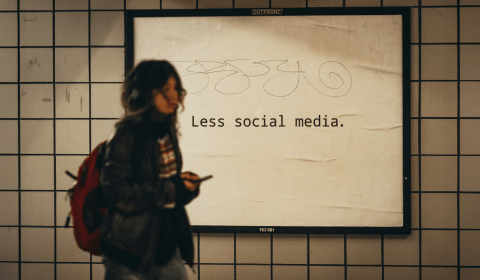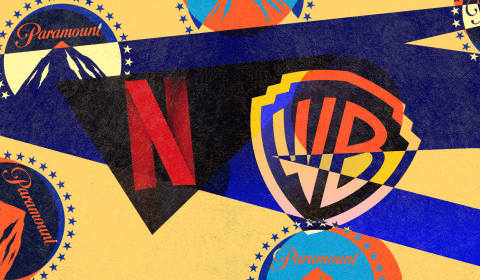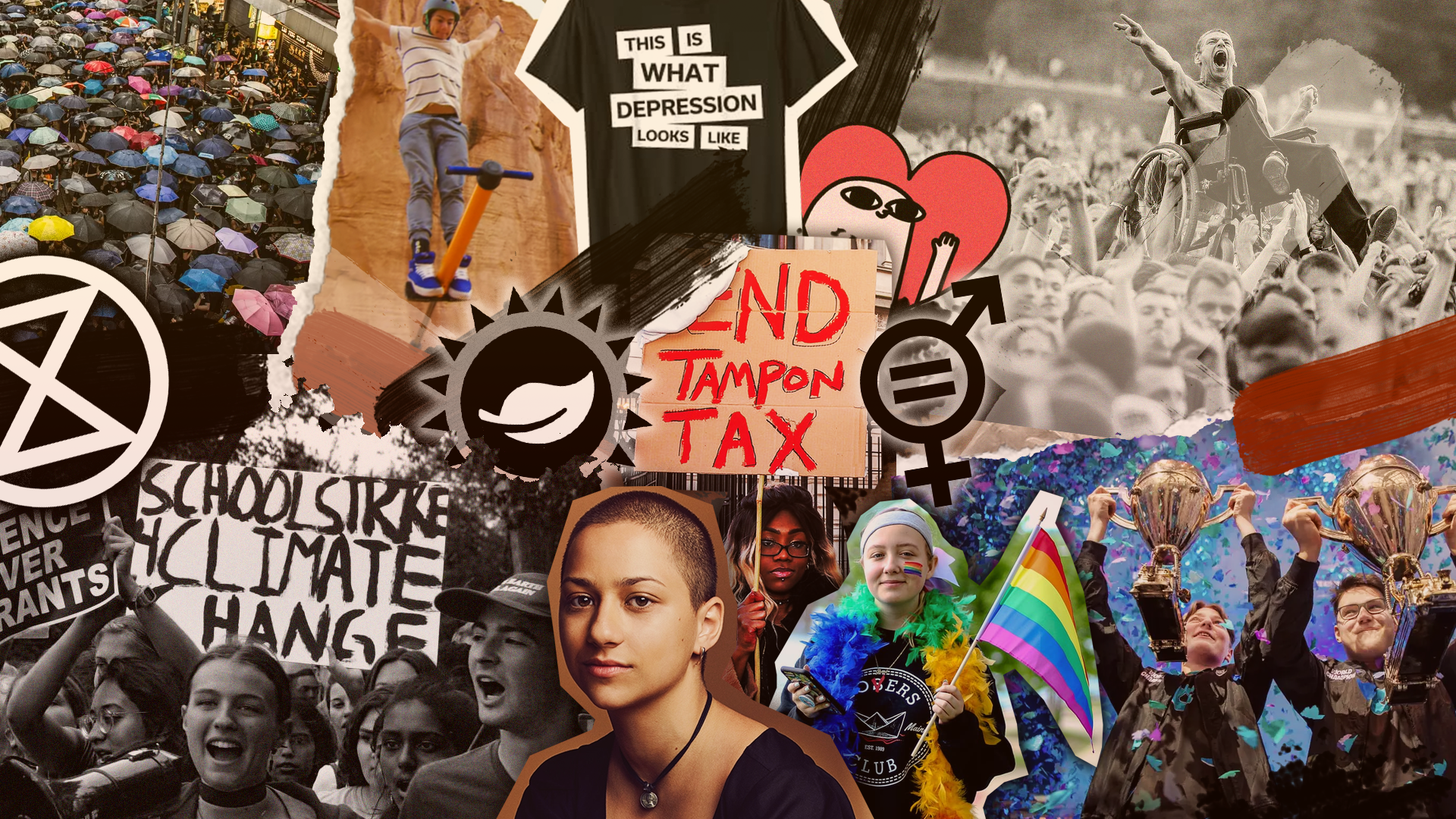AI-generated audio pornography and sex podcasts are ranking highly on Spotify and explicit video clips are being easily concealed from safeguards. The platform’s reactive moderation is under fire.
Sex sells, we all know that. But what business does porn have being on the biggest music streaming app?
Technically, sexually explicit content is prohibited on Spotify, but the app has a funny way of enforcing this rule. When porn is flagged by users, moderators have a decent track record of removing it, but the absence of a proactive firewall means explicit material continues to pop up regularly – sometimes appearing at the top end of category rankings.
Videos and podcasts are the categories most rife with porn, with a Bloomberg and LinkedIn report suggesting unsuspecting users are being exposed to it because the algorithm boosts media with a high volume of hits. The Times’ Patricia Nicol revealed that clicking on seemingly innocuous podcasts high on the fiction rankings returned some questionable results.
At No 3 was a creator called ivys aud, whose vintage roses cover art wasn’t exactly reflective of the episodes it hosted – 140 of which have apparently been uploaded since May. Among its offering were audio tracks named things like F****d Hard by an Obsessed Big D**k, each complete with an English-narrated monologue and an AI transcript rolling on screen. This particular entry involved a ‘rapey seduction’ which is particularly disturbing.
I’m never gonna listen to porn on Spotify again. pic.twitter.com/qqBf75mRsV
— DasminDoll (@DasminDoll45007) April 27, 2025
As well as these entries, which sat alongside the favourites of many young viewers like Sherlock & Co, The Archers, and Mrs Honeybee & Friends, a quick peruse through the ASMR section shows the scope of the issue. Even in the religion and spirituality subcategory you’ll find titles such as Dees Big Nuts. Don’t you dare laugh.
Since the Times article went live, the ‘artists’ and content mentioned have conveniently vanished from existence, highlighting the platform’s overreliance on audience flagging to act (or more appropriately, react).



















